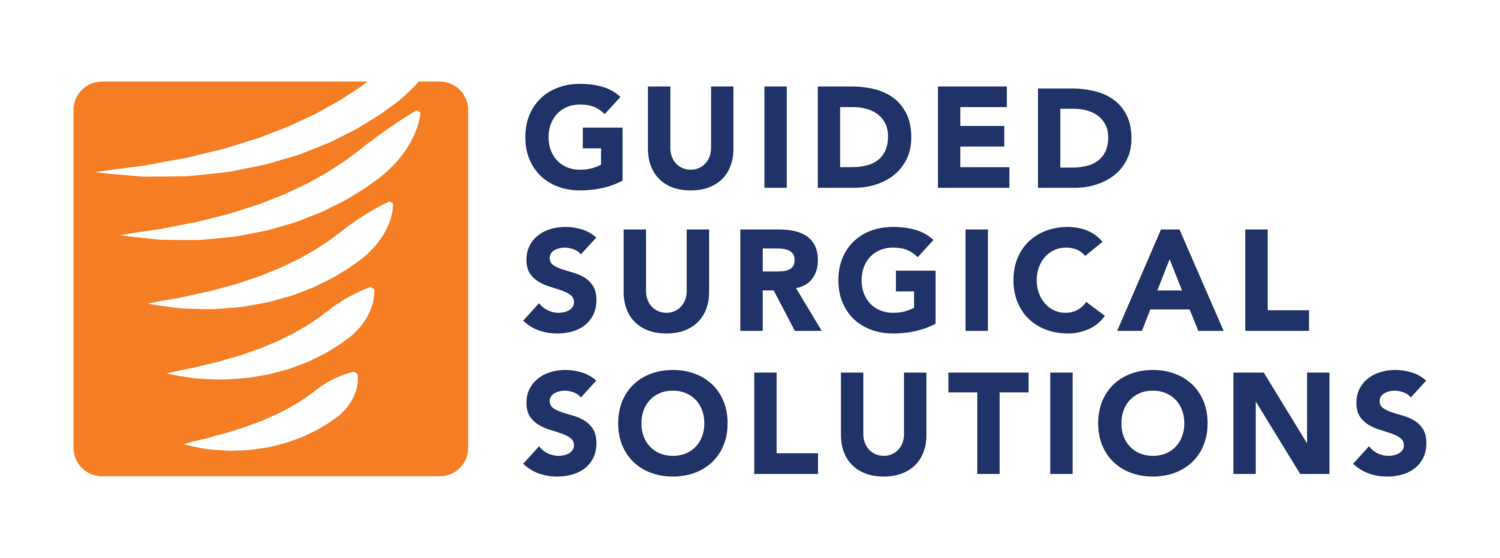DIGITAL vs. FREEHAND
Guided surgery in dental implant placement involves the use of computer-aided design and computer-aided manufacturing technologies to plan and execute precise implant placement. This approach offers several benefits compared to freehand implant placement.
Increased Precision
Guided surgery allows for precise planning and placement of dental implants based on a three-dimensional digital model of the patient's anatomy. This precision can lead to better alignment and positioning of the implant, reducing the risk of errors.
Enhanced Predictability
The use of guided surgery enhances the predictability of the implant placement procedure. Together with a biomedical engineer, clinicians can accurately plan the position, angle, and depth of each implant before the actual surgery, leading to more predictable outcomes.
Minimized Trauma
Guided surgery often involves minimally invasive techniques, as the surgical plan is executed with a high degree of accuracy (ie. less “guess work”). This can result in reduced trauma to the surrounding tissues, leading to faster healing times and less postoperative discomfort for the patient.
Improved Safety
Precise planning and guidance reduce the likelihood of damaging critical anatomical structures, such as nerves and blood vessels, during the implant placement procedure. This enhances overall safety and reduces the risk of complications.
Shortened Surgery Time
Guided surgery can contribute to shorter surgery times since the preoperative planning allows for efficient execution of the implant placement. This benefits both the patient and the clinician by reducing the duration of the surgical procedure.
Patient Comfort
The accuracy and efficiency associated with guided surgery often result in a more comfortable experience for the patient. Reduced surgery time and minimized trauma contribute to a smoother recovery process.
better Esthetic Outcomes
Precise implant placement is crucial for achieving optimal esthetic results, especially in the anterior regions of the mouth. Guided surgery helps ensure that implants are positioned correctly to support natural-looking restorations.
Streamlined Workflow
Guided surgery streamlines the workflow for clinicians by providing a detailed surgical plan ahead of time. This can enhance overall efficiency in the dental practice and contribute to a more organized and systematic approach to implant placement.
Despite these advantages, it's important to note that guided surgery may not be suitable for all cases, and a clinician's experience and expertise remain crucial in achieving successful outcomes. The decision to use guided surgery should be based on a careful assessment of the patient's individual needs and the complexity of the case.
